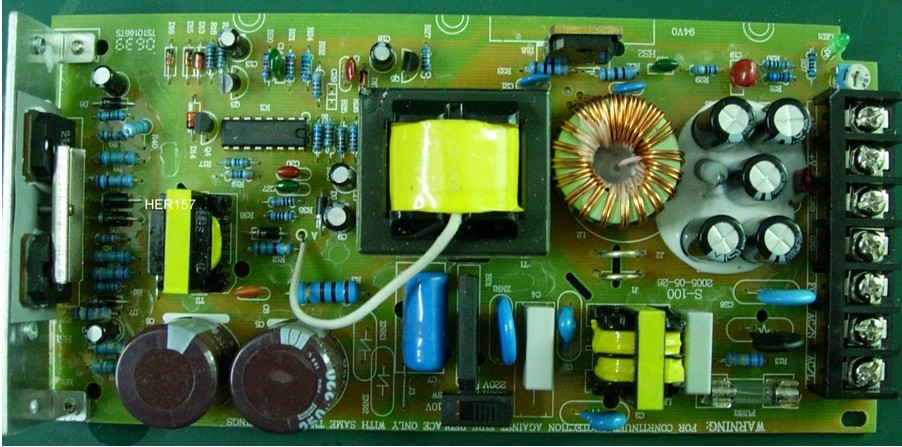
TEL:+86-0755-8860 0918
FAX:+86-0755-88600918
Mobile:+86-131 3888 7899
ATT:Felix
E-mail:sales@pcbkey.com
Address: Southwest of 5th FloorBulding 7, Bilong Industry Park,27
Fazhan Road,BantianStreet Area
LongGang District,Shenzhen,China
Zip: 518129


Client: Qinghai
Project Scope: PCB Cloning, BOM List, PCB Schematic, Welding Debugging, Small Batch Production
Project Features: High Power Devices, Small Batch Production
We received two projects from this client, both related to solar energy. This inverter and the solar-wind complementary controller we previously developed are used together. The product has a large aluminum shell for heat dissipation and several big transformers. It's a relatively simple double-sided PCB. We showed the client the products we had done before, which were much more complex than this inverter. As it's a high-power device, the lines are thick, mostly composed of power devices. Cloning the PCB turned out to be straightforward, and we were 100% confident there would be no errors.
Next was customizing the transformers. We approached our long-term cooperating manufacturer, sent them a sample, and within 3 days, they produced dozens of samples for us. Once the PCBs were ready, the first thing we did was material recovery. We soldered the components from the original board onto the new board, then conducted testing, which turned out successful. This confirmed that our produced files were error-free. We then proceeded with small batch production. Since the quantity wasn't large, we chose to use our reflow soldering equipment. We specially made a steel mesh and carried out manual operations. The client was very pleased and impressed with our soldering results, finding them exceptionally neat. Witnessing our excellent collaboration, they promptly sent us a solar-wind complementary controller (MPPT) for PCB cloning.
Now let's briefly introduce some relevant knowledge about the inverter. Inverters are devices used to convert direct current (DC) to alternating current (AC). For example, during outdoor trips, you can use an inverter to convert the DC from a car into AC to power various devices. They have a wide range of applications, with the most common being automotive inverters.
The specifications for this client's inverter are as follows:
Input Voltage: 220V +/- 25% Input Frequency: 50/60Hz +/- 5% Output Waveform: Modified Sine Wave Conversion Time: Less than 8ms Output Frequency: 50/60Hz +/- 0.1 Power Factor: 0.6 Display: LED Efficiency: Greater than 95%